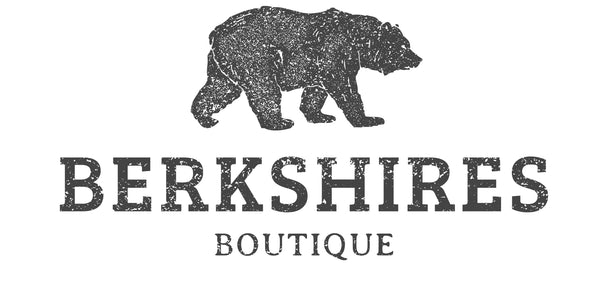
Letting the Lawn Grow Wild
Share
Why We’re Letting the Lawn Grow Wild This May (and why You Might Want To, Too) 🌼🐝
It’s the first warm day in the Berkshires and the grass is finally stretching out after months under snow. Tiny yellow suns—dandelions—dot the lawn like nature’s confetti, and if you stand still long enough, you’ll see the bees arrive. Not in swarms, just a few at a time. A gentle hum. A polite thank-you for not mowing.
We’re big believers in No Mow May, and here’s why.
The First Feast of Spring
For early-emerging pollinators like honeybees, bumblebees, native bees, and butterflies, dandelions and other wildflowers are among the first reliable food sources of the year. These bright little blooms are rich in nectar and pollen—essential fuel for pollinators who’ve just woken up from a long winter nap.
By holding off on mowing your lawn, even for just a few weeks, you’re offering a much-needed buffet during a time when pickings are slim. It might not seem like much, but to a bee, your wild yard might be the difference between a strong start or a struggle.
What’s the Big Deal About Pollinators?
Pollinators aren’t just pretty to look at—they’re a vital part of our ecosystem. Over one-third of the food we eat depends on them. Apples, blueberries, squash, almonds, coffee… all thanks to bees and other hardworking pollinators.
But many pollinator populations are declining due to habitat loss, pesticide exposure, and climate change. Participating in No Mow May is one small, joyful act of resistance—letting your yard be a sanctuary, a patch of peace for creatures who rarely catch a break.
Rethinking “Weeds” and Lawn Perfection
If you’ve ever been tempted to reach for herbicides to “fix” your lawn, you’re not alone. But perfection is overrated—and expensive. A lush, manicured lawn may look neat, but it’s often a food desert for wildlife and a chemical burden for the land.
Instead, consider this: what if a few dandelions and clover patches were signs of life, not flaws?
Letting nature reclaim a bit of your lawn not only supports local ecosystems but also reawakens a deeper connection to the land you live on. And when the bees win, we all win.
A Note About Pesticides
We know it's tempting—especially when bugs start showing up uninvited—but please consider alternatives before spraying. Pesticides and herbicides don’t just affect the pests. They seep into the soil, harm pollinators, and can disrupt the balance of your entire yard.
Try companion planting, neem oil, or just plain tolerance (a few nibbled leaves never hurt anyone). A little imperfection makes space for life.
So, What Can You Do This May?
-
Skip the mow. Just for May. See what pops up.
-
Leave the dandelions. Let them bloom and buzz.
-
Ditch the chemicals. They don’t belong in a yard meant to support life.
-
Share your wild yard. Post a photo, tag a friend, or simply tell a neighbor why you’re letting it grow.
This isn’t just about skipping yard work (though that is a nice perk). It’s about choosing life over looks, and remembering that sometimes the best way to help nature… is to step back and let it do its thing.
Here’s to dandelions, bees, and a lawn that hums with life. 🌼🐝
